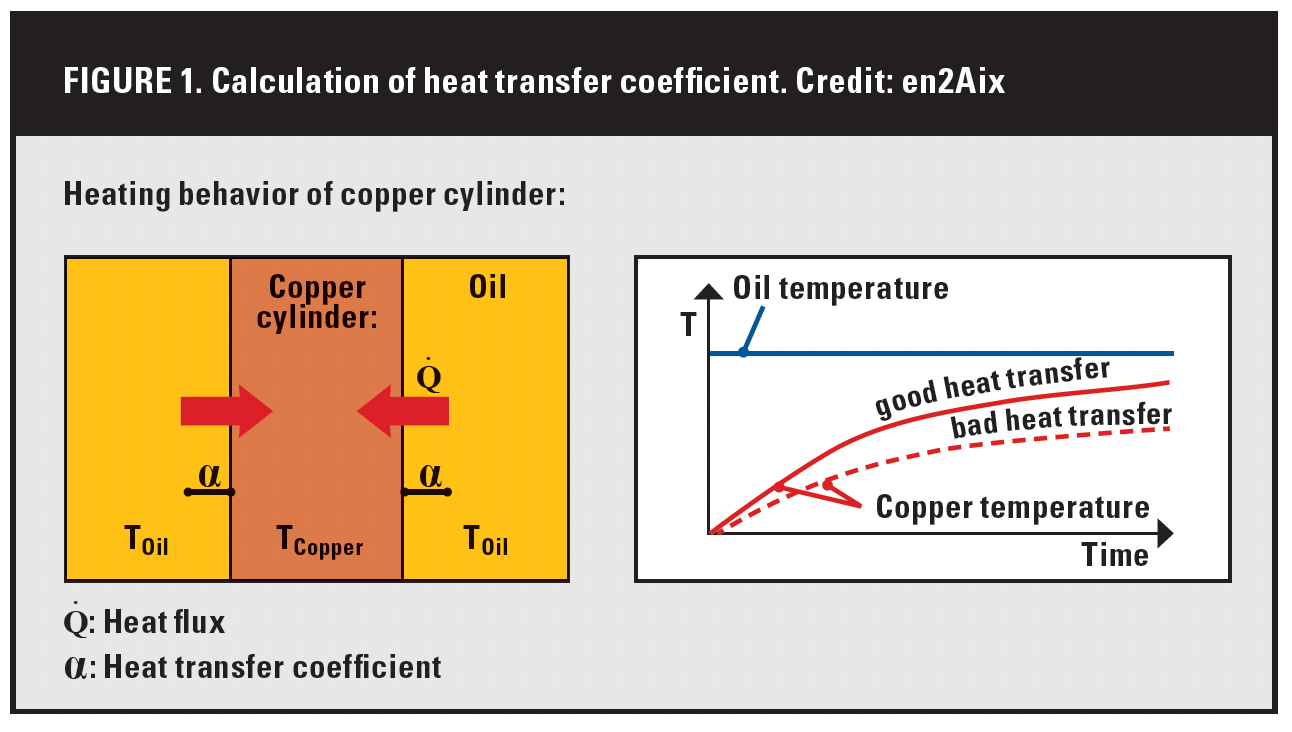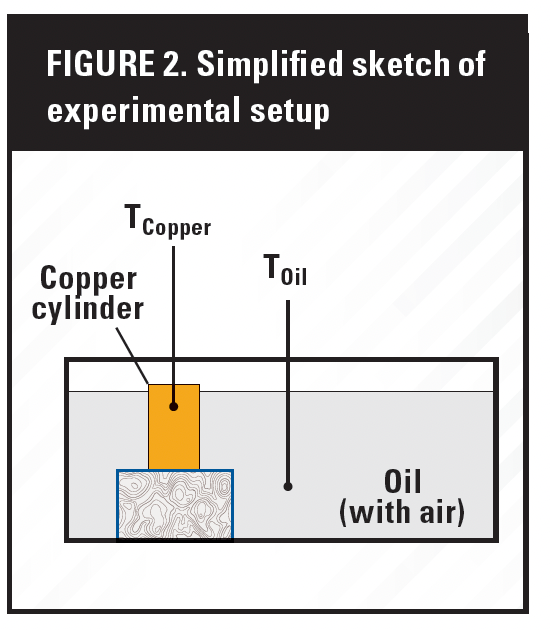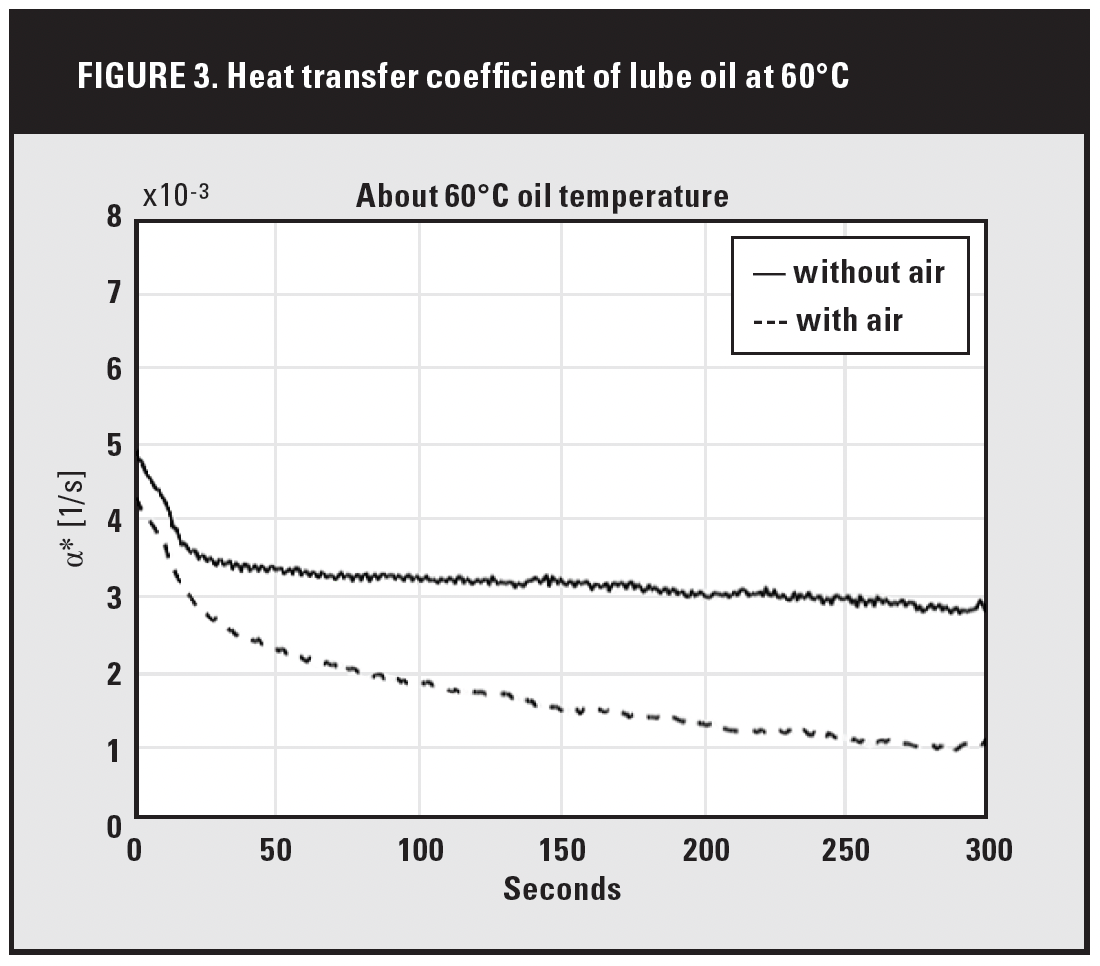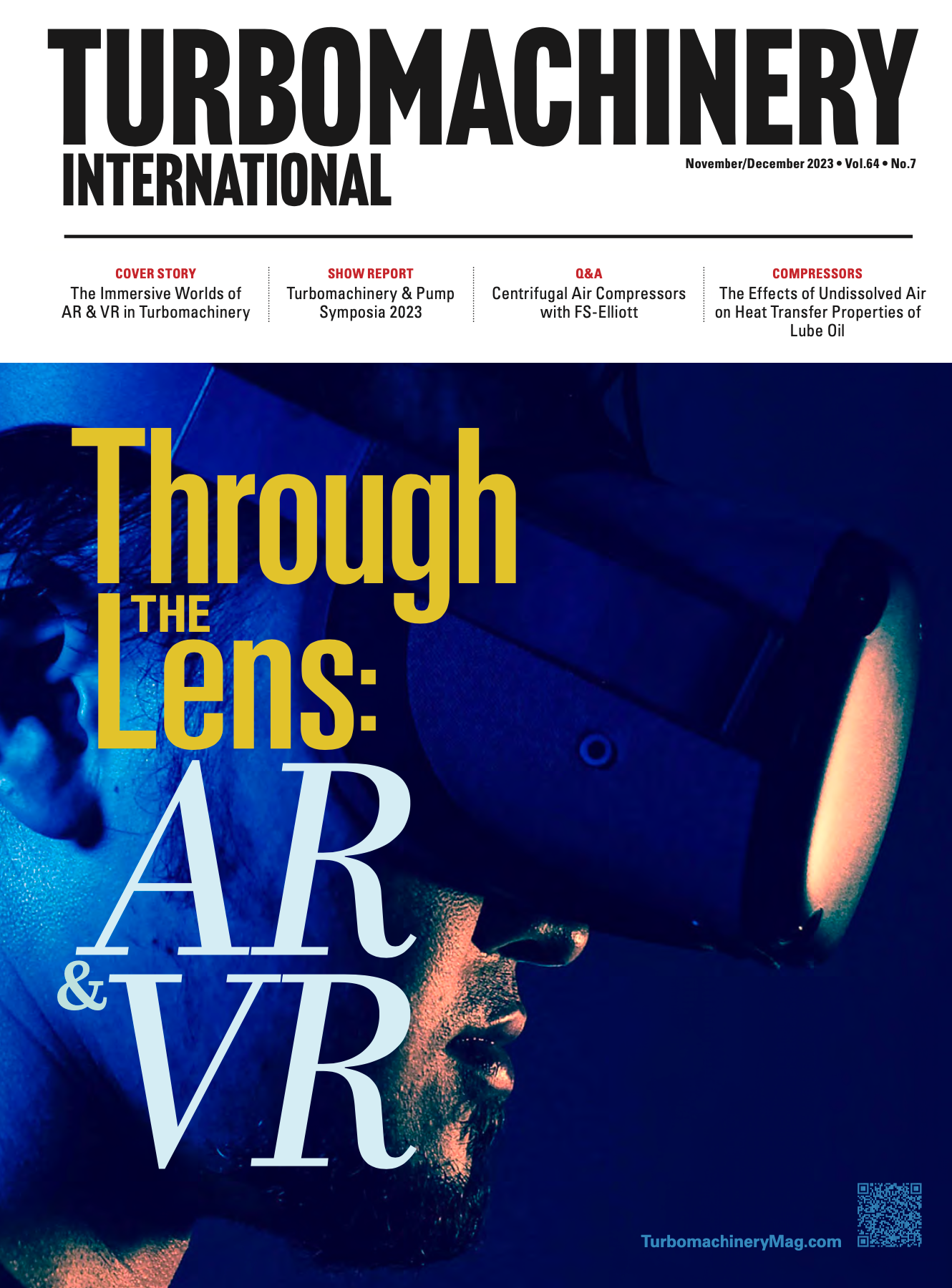A Case Study: The Effects of Undissolved Air on Heat Transfer Properties of Lube Oil
Lube oil's ability to cool affects the efficacy and reliability of turbocompressors, and undissolved air can have a significant effect on the heat transfer behavior of lube oil.
Lube oil systems have a significant influence on the efficiency and reliability of mechanical apparatuses such as compressors. Over the years, OEMs have dedicated significant time and resources to improving the understanding of system designs and oil formulations to extend component lifetime and reduce maintenance requirements. The cooling ability of lube oil during compressor operation is key in this regard.
A recent study investigated the potential effect of undissolved air in a two-phase flow on the heat transfer capabilities of compressor lube oil. The study's objective was to observe lube oil re-cooling temperatures that were higher than design calculations on a turbocompressor train in operation.
A comprehensive root cause analysis (RCA) revealed several hypotheses for the higher lube oil temperatures—one of which was undissolved air in lube oil can negatively impact its heat transfer properties. There was limited information on this topic in existing literature; therefore, further investigation was warranted.

TEST SETUP AND OVERVIEW
A solid copper cylinder was submerged in a batch of pre-heated and pre-conditioned lube oil containing various amounts of undissolved air. FIGURE 1 shows that heat flux—the rate of heat transfer over a given unit of surface area—is dependent on the heat transfer coefficient of the oil, the surface area of the cylinder in contact with the oil, and the temperature difference between the oil and the cylinder. The relative heat transfer properties of the oil can be deduced by observing how quickly the copper cylinder's temperature rises once it is submerged. The higher the rate of change, the more effective the oil is at transferring heat.

FIGURE 2 shows the experimental setup where the temperature change of the copper cylinder was monitored over time. Several test runs were carried out, taking into consideration different lube oil temperatures, air loadings, and types of lube oil. Three different methods for loading air into the lube oil were also tested.
Injection via nozzle. Air injection into the lube oil via a nozzle (10 bar compressed air supply delivered through radial boreholes) did not replicate a drained oil condition that would typically be seen during actual compressor operation. Several tests showed that the percentage of air by volume in the lube oil only reached ~1%. At these levels, no material effect on the heat transfer coefficient of the oil was observed.
Mechanical aeration/mixing. The mechanical aeration approach resulted in a lube oil condition similar to that of a typical turbomachinery gearbox. The fraction of air by volume in the oil was approximately 6%. This is comparable to the air content of oil drained from STC-GC internally geared compressors.
Oil drained from operating gear. The third test series was performed using oil drained from an STC-GC gear-type compressor.

RESULTS AND OBSERVATIONS
FIGURE 3 shows the heat transfer coefficient over time of 60oC lube oil with and without air bubbles (using the mechanical-aeration approach). The same tests were performed with oil at temperatures of 45oC and 85oC and with an ISO viscosity class of 46 and 68. All tests showed similar results. As shown in FIGURE 3, at certain points during the testing, the heat transfer coefficient was reduced by as much as 50% in oil loaded with air.
An approximate 25% reduction in the heat transfer coefficient was observed on the oil drained from the STC compressor on the stand. However, the collection process took roughly three minutes. This likely resulted in some degassing of the oil before testing, which means that the actual reduction in heat transfer may be considerably higher than 25% during operation.
CONCLUSION AND RECOMMENDATIONS
Overall, the study showed that undissolved air can have a significant effect on the heat transfer behavior of lube oil. The content of undissolved air in the lubricant oil strongly depends on the process of air bubble insertion, i.e., injection versus mixing. As a result, the effect of air bubbles on heat transfer may be more pronounced in certain applications where mechanical aeration occurs—for example, in turbosets that utilize gearboxes.
The results showed that operators are advised to take proactive steps to minimize air-bubble formation in compressor lube oil. An initial recommendation is to perform regular condition monitoring of oil, including measurement of air release time (LAV). Air release time is heavily influenced by deterioration and/or contamination of the oil over its lifetime. Measurements should consider values of air volume fraction found in the real system. A desirable target would be to achieve an air content of less than 1% at the exit of the oil reservoir.
Authors' Note: The experimental approach is not representative of heat transfer at the heat exchanger and/or bearings on a system level. As previously mentioned, the investigations were intended to answer the generic question of whether undissolved air in lubricating oil influences heat transfer, and if so, how significant is the effect. A more accurate determination requires in-situ measurements, which were not part of the investigation.
ABOUT THE AUTHORS
Bernd Hillemacher is an academic director at RWTH Aachen University and is the managing partner of en2Aix. Manuel Rietz was formerly with en2Aix. Wilko Rohlfs is Professor for Heat Transfer and Thermodynamics, University of Twente, and a freelancer for en2Aix. Marco Simon is the Head of Clarification of Technical Issues at Siemens Energy.
